The year in anniversaries: What to commemorate in 2017
The year will mark 10 years of the iPhone, 40 years of the Toronto Blue Jays, 500 years since the Protestant Reformation, and more
Doug Rader #10 of the Toronto Blue Jays bats against the Baltimore Orioles during an Major League Baseball game circa 1977 at Memorial Stadium in Baltimore, Orioles. Rader played for the Blue Jays in 1977. (Focus On Sport/Getty Images)
Share

10 years
When released in 2007, the iPhone revolutionized communications. Abandoning BlackBerry’s keyboard for a touchscreen, Steve Job’s sleek Internet-capable phone was such an instant hit that its slogans, “This is only the beginning” and “Apple reinvents the phone” now feel like understatements.

20 years
J.K. Rowling famously wrote Harry Potter and the Philosopher’s Stone in Edinburgh cafés. After countless rejections, she sold the story of an orphaned wizard to independent publisher Bloomsbury. On June 26, 1997, it was published with little fuss or fanfare. Today, after more than 500 million copies of the seven-book series have been published, first editions of that debut novel fetch up to $50,000.

25 years
The North American Free Trade Agreement had ambitious goals: Strip away duties, tariffs and other trade barriers between Canada, the United States and Mexico. Signed on Dec. 17, 1992, it went into effect in 1994; the result was an interconnected North American economy. Now, its future is in doubt: during the U.S. election, future president Donald Trump called for NAFTA to be significantly modified, or even ripped up.
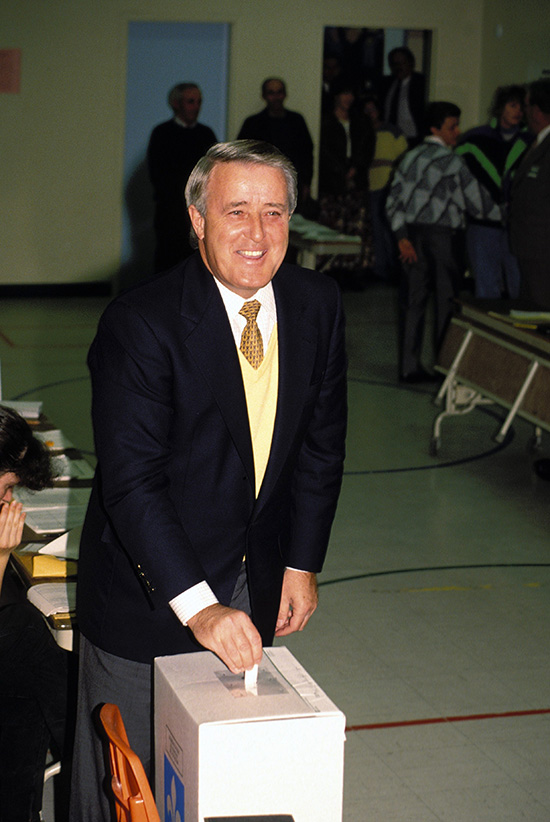
25 years
More than a decade of constitutional angst culminated in the Charlottetown accord. Created in the aftermath of the failed Meech Lake constitutional agreement—itself an attempt to deal with Quebec not formally signing the 1982 Constitution—it would decentralize many federal powers to the provinces, recognize Quebec as a distinct society as well as give it at least a quarter of House seats in perpetuity. Though the federal government and all 10 provinces signed the accord, prime minister Brian Mulroney (above) opted for a referendum. On Oct. 26, 1992, Canadians voted 54.3 per cent against the changes, and ended further major reworking of the Constitution.

40 years
When South Africa’s apartheid government announced that Steve Biko, the 30-year-old leader of the nation’s black consciousness movement, had died in custody on Sept. 12, 1977, it said it was a result of a hunger strike. No one believed it. In fact, he’d been beaten to death. Though security forces sealed off his town, some 20,000 attended his funeral, including diplomats from Canada and 12 other Western nations. Today Biko’s contribution to the fight against apartheid, and especially his message of empowerment to the black youth of South Africa, is considered second only to that of Nelson Mandela. In 2002, the former president paid tribute to Biko: “He was the spark that lit a veld fire across South Africa. His message to the youth and students was simple and clear: Black is beautiful! Be proud of your blackness!”

40 years
The powder-blue uniforms of those first players in 1977 may look dorky today, but the Toronto Blue Jays were never the coolest of baseball teams. Sure, they won back-to-back World Series titles, culminating in Joe Carter’s jubilant walk-off home run in 1993, but the team has always been an outsider from north of the border, playing America’s game. That rogue status came in handy in 2015, when the Blue Jays did what they hadn’t done in years: win lots of games. American teams may have a city or region behind them, but the Blue Jays had a country rooting for the team as it charged into the post-season. Sure, it was knocked out of World Series contention in the American League Championship Series in both 2015 and 2016, but Canada’s pride in its baseball team is evident by the amount of blue being worn on heads, and backs.

40 years
In 1968, Elvis Presley’s comeback special on TV showed off a lean, leather-clad singer who lived up to his title as the “king of rock ’n’ roll.” When he died nine years later, on Aug. 16, 1977, he was a 350-lb. caricature of his former self, addicted to prescription drugs. Now, his Graceland mansion in Memphis, Tenn., is a mecca for fans who focus on the musical talent and swivel-hipped charisma that produced such hits as “Jailhouse Rock,” “Blue Suede Shoes” and “Love Me Tender.” The king is dead, long live the king.

40 years*
“A long time ago in a galaxy far, far away . . .” The opening words of Star Wars plunged audiences into a world of Wookiees and talking droids, a heroic orphan named Luke Skywalker (above) and his black-clad nemesis, Darth Vader. Released on May 25, 1977, Star Wars was a cultural phenomenon unlike any other. George Lucas’s sci-fi tale of good vs. evil dominated not just the box office but also revolutionized retailing with myriad merchandising tie-ins; it heralded a new era of special effects and made Harrison Ford a star. Currently in the middle of its third trilogy, the Star Wars empire is the biggest movie franchise in history, with an inflation-adjusted worldwide box office topping US$6.7 billion. May the Force be with it.
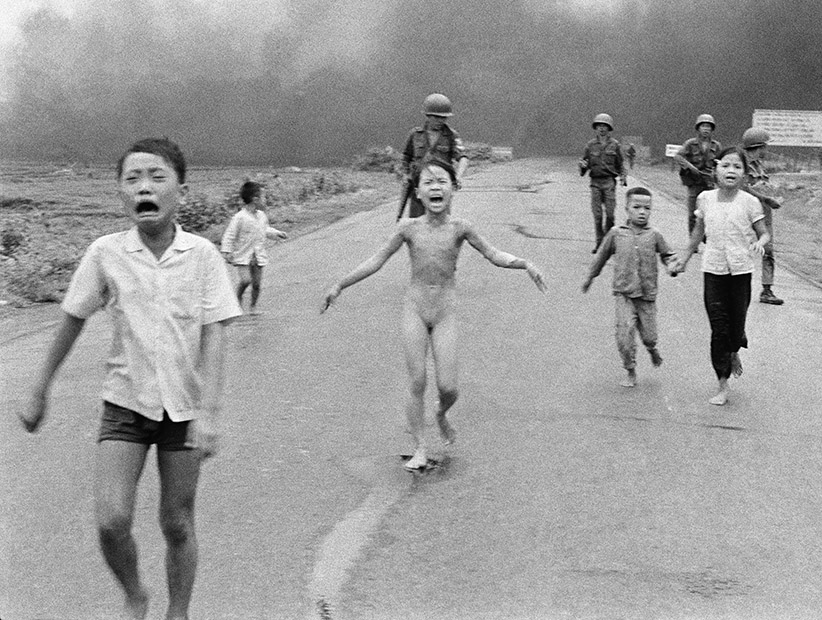
45 years
In 1972, Kim Phuc was a nine-year-old living in war-torn Vietnam. On June 8, American planes dropped bombs loaded with napalm on her village. The pain of the burns caused her to rip off her clothes as she ran for safety. After snapping a few pictures of the horror-drenched scene, the Associated Press’s Nick Ut, “put my camera down on the highway and tried to help her,” he later told CNN. He took Kim and other burned children to a hospital: “Inside my van she said, ‘I’m dying, I’m dying.’ ” Kim Phuc underwent countless surgeries on her wounds and today lives with her family in Ontario. As for the photograph, its news value has always overridden concerns that it depicted nudity. Widely distributed and published, it won a Pulitzer for spot photography. The iconic image stands as a testament to the cost paid by civilians during war.
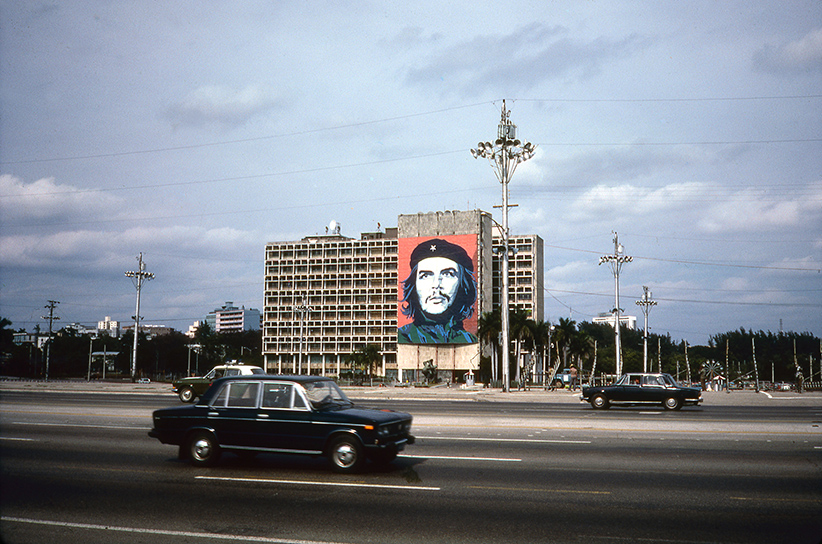
50
Deciding that Marxism was the best way to help the poor of South America, Ernesto “Che” Guevara abandoned his medical practice in the mid-1950s to be a full-time revolutionary. The Argentine doctor joined Fidel and Raúl Castro’s guerilla campaign to overthrow dictator Fulgenico Batista in Cuba. After ruthlessly executing hundreds of prisoners in 1959, Guevara spent years keeping the Castros in power. His attempt to spread communism ended in 1967 when he was killed by the Bolivian army. Today, his Marxist dream is effectively dead; all that remains is his iconic image.
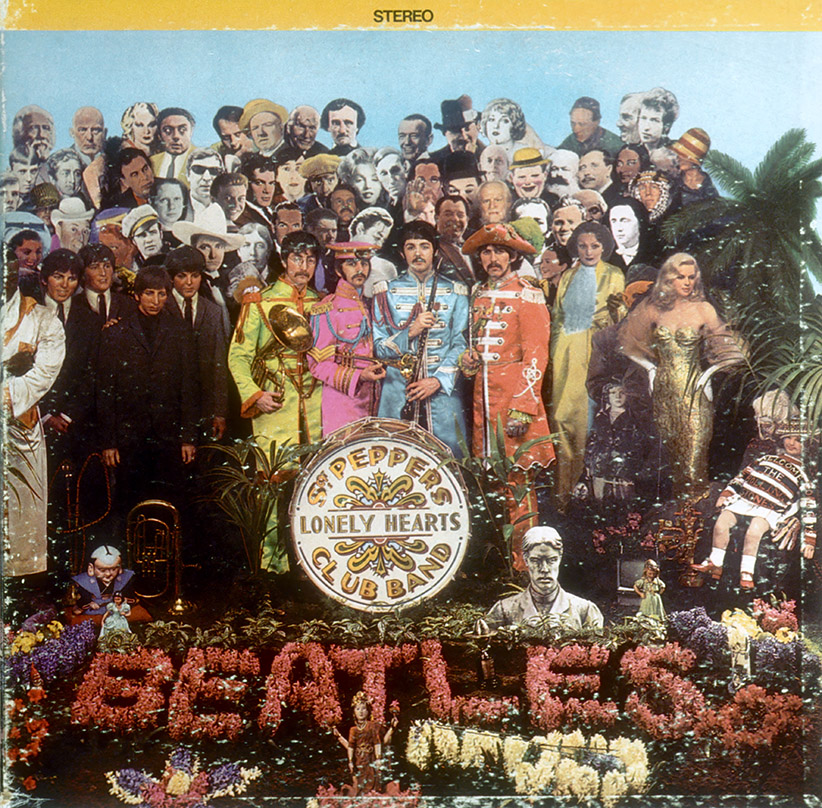
50
Released on June 1, 1967, in time for the “Summer of Love,” Sgt. Pepper’s Lonely Hearts Club Band spent 27 weeks at No. 1 in Britain. The Beatles had spent more than 400 hours in studio on the album, creating a complex sound through overdubbing and even using a large orchestra. Stuffed with hits like “Penny Lane,” “A Day in the Life” and “Strawberry Fields Forever,” it was crowned the greatest album of all time by Rolling Stone.

50
Medicine was transformed on Dec. 3, 1967, when Dr. Christiaan Barnard performed the first heart transplant in Cape Town, South Africa. The heart of a 25-year-old car accident victim was implanted into that of Louis Washkansky, a 53-year-old grocer. He survived 18 days before dying of pneumonia. Though surgeons, including Barnard, kept performing organ transplants, the procedures were considered risky. That changed in 1983, when a new drug, cyclosporin, dramatically eased rejection problems. Today, transplants from both living and deceased donors are increasingly common—some 2,400 were performed in Canada in 2014. Now researchers are trying to solve the issue of lack of supply with 3D organs.
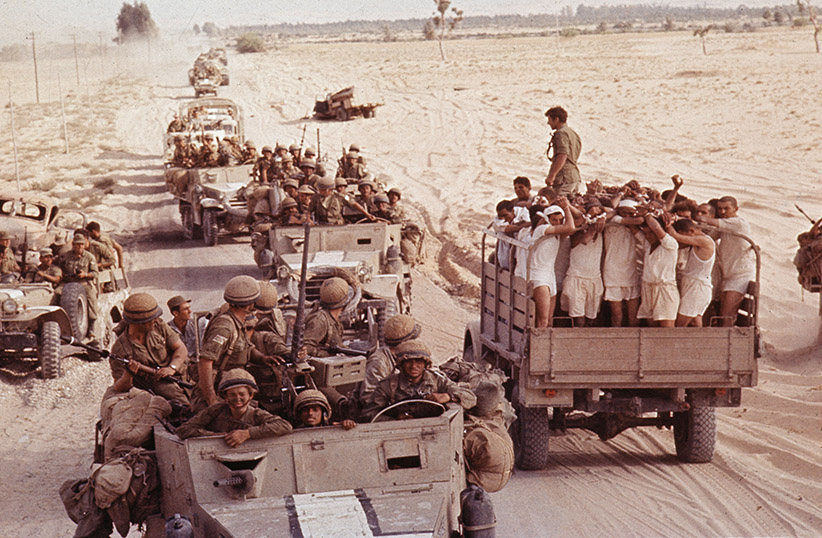
50
The Six Day War of 1967 was a decisive victory by Israel over its Arab neighbours as it captured the Golan Heights, Gaza, Sinai Peninsula, West Bank and East Jerusalem. Now, however, Israel struggles with a restive Palestinian populous living amid growing Jewish settlements in the occupied territories. Israel’s military intelligence chief warns the war’s 50th anniversary could bring “waves” of instability and terror.
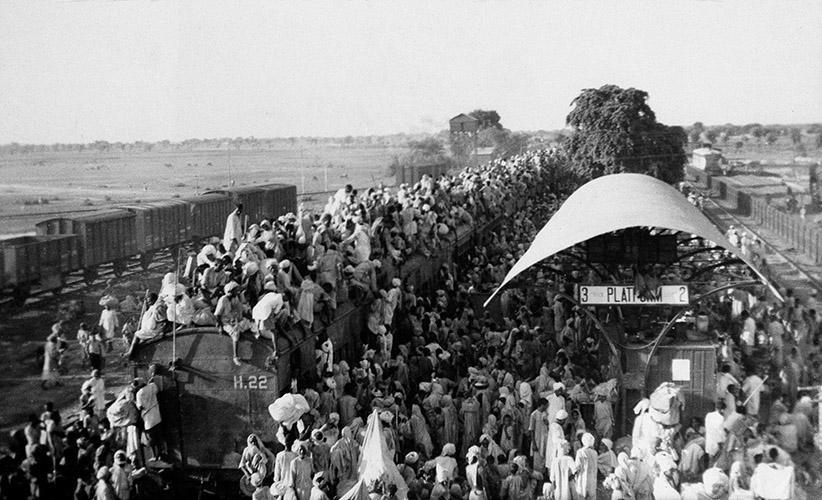
70
In August 1947, British rule over the Indian subcontinent ended with the creation of two nations, India and Pakistan. At partition, a great migration began of more than 15 million Hindus, Muslims and Sikhs who suddenly found themselves on the “wrong” sides of a newly announced border. Sectarian violence committed by all ethnic and religious groups claimed upwards of two million lives. Today, tensions—and violence—still flare up on the subcontinent.
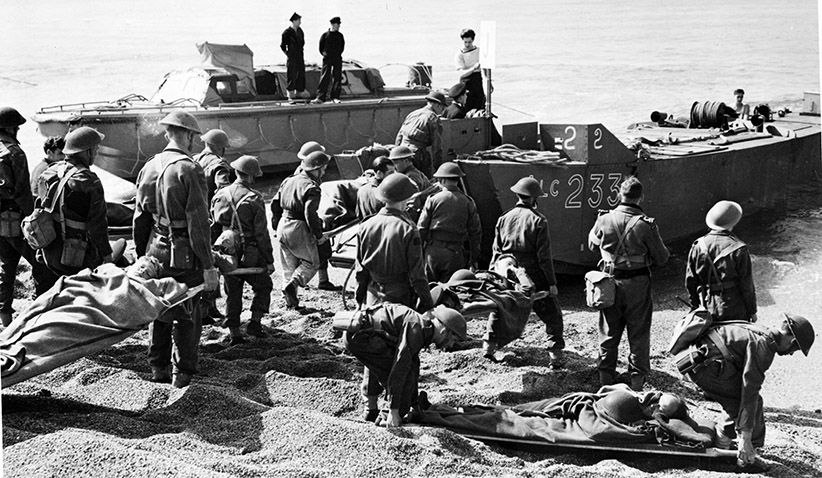
75
By 1942, Allied forces had endured defeat after defeat at the hands of Germany. Commanders planned a raid for Aug. 19 on the occupied French port of Dieppe to test the skills needed for a future invasion of Fortress Europe. The Canadian-led force ran into trouble immediately. Of some 5,000 Canadians, only 2,200 returned to Britain, many wounded. Another 1,900 were captured and 912 died. While the merits of the Dieppe Raid are still debated, no one doubts that the lessons learned that day saved lives two years later, on D-Day.
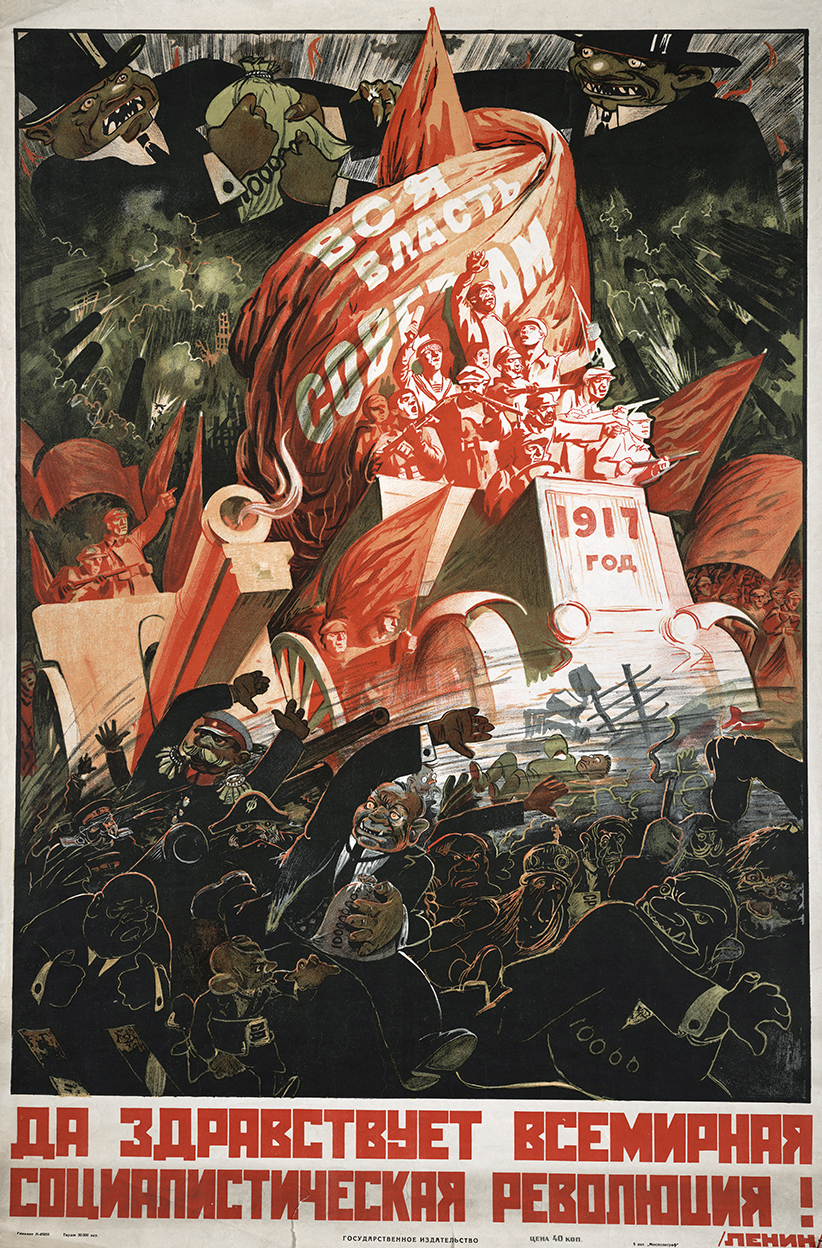
100
The Kremlin Armoury in Moscow houses the last imperial Easter egg given by Czar Nicholas to his wife, Empress Alexandra. Dubbed the steel military egg, its four supports, fashioned from artillery shells, sit on a jade base. The extravagance embodied in that wartime Fabergé gift explains why its giver, then the richest man on Earth, lost everything when revolution convulsed and engulfed Russia.
A disastrous war effort—by 1916, more than six million Russian soldiers were killed, wounded or captured—coupled with starvation on the home front, due in part to endemic corruption and incompetence, pushed the Russian people to the breaking point. In February 1917, strikes, mutinies and demonstrations broke out. After a regiment in the capital Petrograd (called St. Petersburg until 1914) refused to fire on crowds, once-staunchly loyal military forces switched sides.
Fearing civil war, Nicholas abdicated, ending the three-century-long rule of the Romanovs. With the imperial family kept under guard, and moved to increasingly isolated locales, a provisional government was established. It quickly called for democratic local elections. The initial optimism quickly faded when Bolshevik leader Vladimir Lenin returned from exile; soon his communist forces were vying for control of the nation. In October, the Bolsheviks seized power. Lenin’s goal, he wrote that year, was “a dictatorship of the proletariat.”
The next year, the imperial family would be executed in the middle of the night. That ruthlessness would come to embody the Soviet Union, formally created in 1922 after the Bolsheviks consolidated their bloody grip on the nation. Lenin died two years later, allowing Joseph Stalin to unleash a reign of terror that killed at least 20 million Russians. The U.S.S.R. eventually collapsed, but the hard-hearted attitudes of Lenin and his successors live on. Scores of critics of President Vladimir Putin have been imprisoned or died mysteriously.
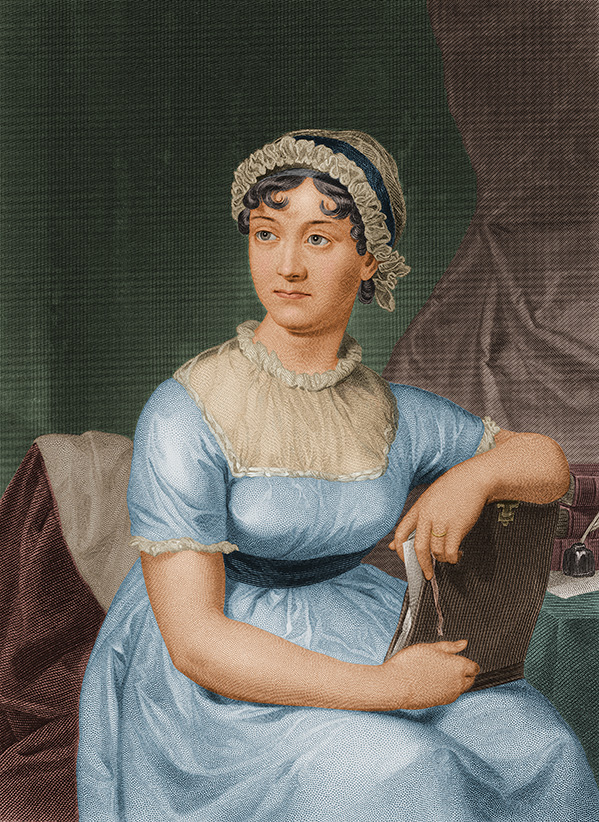
200
“The person, be it gentleman or lady, who has not pleasure in a good novel, must be intolerably stupid.” Jane Austen wrote that bon mot in Northanger Abbey, released after her death in 1817. The English author’s focus on ordinary people going about their regular lives—albeit with an excess of wit and romance—revolutionized the modern novel. Her stories have been transformed into movies and miniseries—Colin Firth’s wet-shirt scene as Mr. Darcy in Pride and Prejudice made him a star—but are best enjoyed as originally intended: read in book form.

500
A monk named Martin Luther committed perhaps the most historic act of vandalism when he nailed his 95 theses onto a church door in Wittenberg, Germany, criticizing the Catholic Church’s practice of selling indulgences (allowing people to buy their way out of sin). That 1517 decision resulted triggered the Protestant Reformation, plunging Europe into centuries of religious turmoil and bloodshed.
Luther and his followers believed that Christians were saved by their faith, not their actions (rendering indulgences unnecessary). Most important, Protestants believe that Scripture alone is authoritative; Luther’s translation of the Bible from Latin into the vernacular meant ordinary people could read the Word of God without priestly interpretation—a truly revolutionary idea.
1,000
Born circa 1017 CE in Sriperumbudur, India, Ramanuja had a profound influence on Hinduism. The Brahman theologian and philosopher provided the intellectual underpinning for bhakti, the devotional worship to a personal god, often Vishnu or Shiva.
Correction: A previous version of this post erroneously said that Star Wars will be celebrating its 45th anniversary in 2017. It will celebrate its 40th. Maclean’s regrets the error.